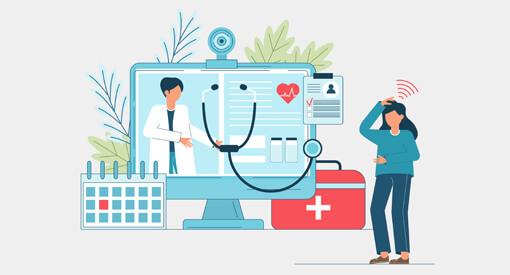What is Telemedicine?
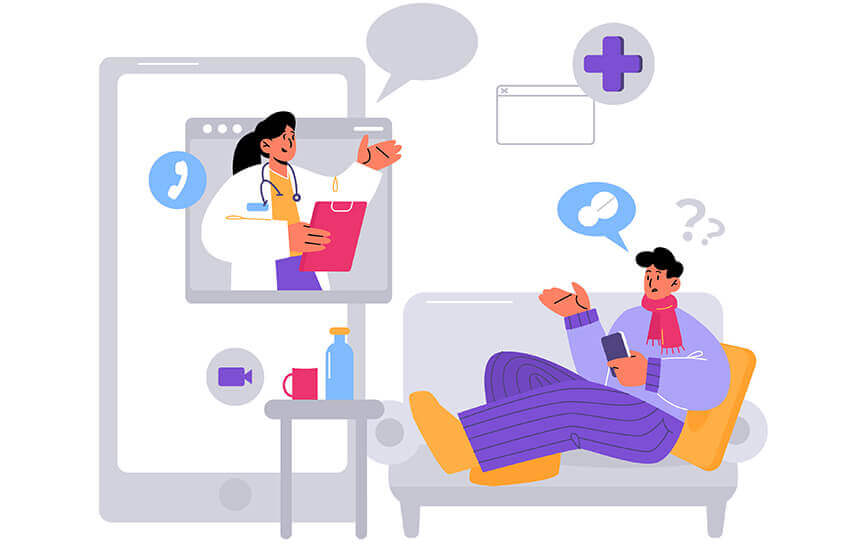
Telemedicine is a platform that enables you to communicate online with a doctor. You may have a doctor’s appointment by video or phone.
Instead of having a desktop with a webcam, you can view patient scheduling from your smartphone using a telehealth app.
We’re living in unexpected times. Although telemedicine was a useful suggestion ten years ago, it is now incredibly crucial for hospitals and doctors.
The transition to it has been seamless due to the availability of advanced technology. Telemedicine apps are becoming a crucial part of our daily lives.
In simple words, telemedicine is using digital and telecommunication technologies to access and disseminate medical services. A person can use a telemedicine app to book appointments online and even have virtual consultations using their phone or computer. It eliminates the need for the doctor and patient to be in the same room or even in the same town together.
Telemedicine App Use for Doctors
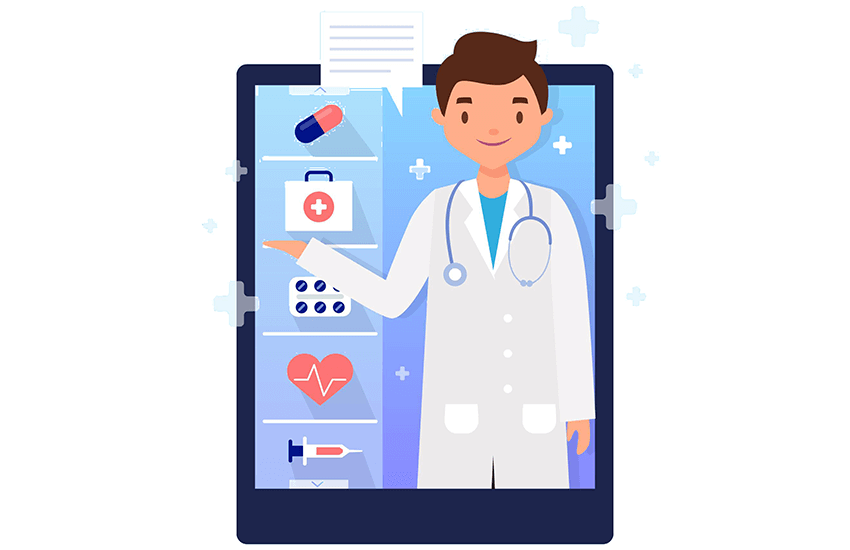
As the world is living in social distancing times, millions of people look forward to virtual doctor consultations. Telemedicine use has enhanced the management of treatment, the quality of life of patients, and lowered healthcare costs.
Doctors agree that telemedicine integration is an efficient way of tracking and treating chronic illnesses rather than a 10-15 minute face-to-face discussion. Today considering the locational gap, the healthcare app is transforming how doctors and patients communicate significantly.
The COVID pandemic has changed the demand of the healthcare industry. Telemedicine app development is becoming the primary goal of healthcare providers wishing to offer healthcare facilities to patients virtually and remotely.
Telemedicine apps for providers come with several features that help emulate the actual medical practice experience. Providers can use telehealth software to manage appointments and create virtual waiting rooms. Subsequently, they can see each patient individually through virtual consultations and offer medical services.
Begun initially to maintain physical distancing during the Covid-19 pandemic, telehealth solutions grew popular rapidly. People could access specialist care from the comfort and privacy of their homes, and doctors could offer their services without risking lives during the pandemic. This ensured medical care was available for everyone stuck at home and accessible to people living in distant rural locations.
Can Telehealth Software Alleviate the Mental Health Crisis?
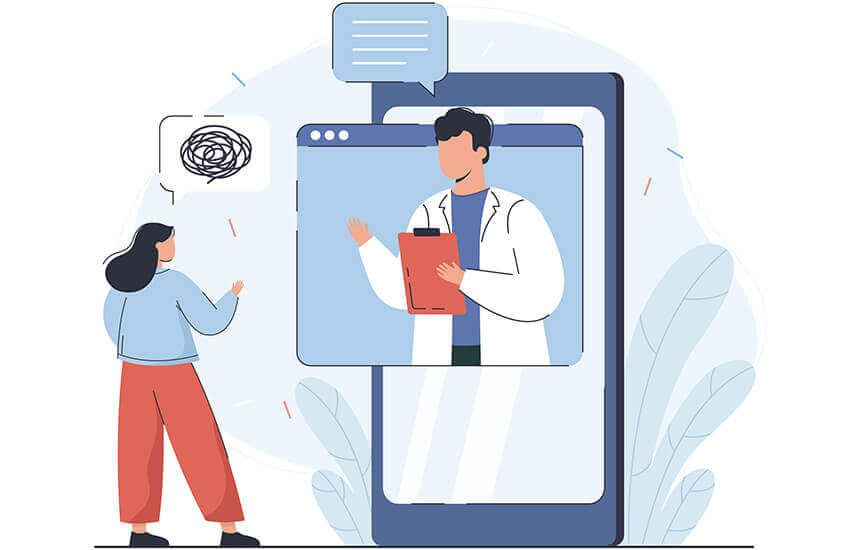
It will not be an exaggeration to say that the United States is dealing with a mental health crisis. Unlike the Covid-19 pandemic, this crisis has been steadily growing in the country since many years. More than 20% of adults in the country have admitted to struggling with at least one mental illness. The economic hardships caused by the pandemic and their aftermath have only made things worse.
Public health researchers have called for urgent government action to deal with this crisis, as it keeps growing. The main catalysts for this problem are the dearth of mental healthcare experts and the stigma surrounding mental illness. While the latter is being addressed in the media by experts as well as popular celebrities, the former is becoming a major problem. This is where telehealth software can make a difference. A large percentage of Americans live in locations without a single mental health therapist. These people need to travel long distances for any type of counselling or therapy.
A telemedicine app will enable people to connect with psychologists and psychiatrists remotely using nothing more than their devices and an internet connection. This convenience will encourage more people to seek help and open up about their struggles to professionals. As they wouldn’t need to travel far, people struggling to cope can receive the care they need from the comfort and privacy of their homes. A suitable telemedicine app will enable users to search for therapists online and book appointments with a few clicks. Subsequently, they can have virtual therapy sessions where they can talk about their troubles.
The dearth of mental health care experts has exasperated a medical problem into a major crisis which has yet to be fully recognized. The aftermath of the pandemic is said to usher in fresh economic problems which will in turn worsen people’s lives, pouring fuel on an already blazing inferno. The adoption of telehealth solutions into clinical practices, especially mental healthcare will go a long way in reducing the severity of mental illness in the population. It will keep this crisis from worsening any further.
Telemedicine Market Value
In 2019 the telemedicine market exceeded 45 billion USD. This year, we have witnessed a tremendous spike in telehealth app download as many people have self-isolated themselves.
In 15 major cities, a U.S. report called the Merritt Hawkins Survey found that a fresh patient has to wait for about two-three weeks to get an appointment with a doctor. Around 70 percent of those surveyed would prefer an online visit over a simulated consultation.
More than 75 percent would like to get a choice to text their doctors. Here are some of the benefits of telemedicine from the point of view of healthcare professionals.
- Reduction in healthcare cost
- React more efficiently to emergencies
- Minimize time lost due to traffic congestion or other difficulties
- Develop better control of the daily schedule
- Patient satisfaction
- Prevent patient’s data from loosing
- Maintaining the overall work-life experience among physicians
- Additional revenue system for doctors
- Availability of many specialists
Telemedicine app development companies are putting tremendous efforts to develop the best telemedicine apps for doctors and patients. They must include the following features:
Features of Telemedicine Apps
1. Easy Patient Registration
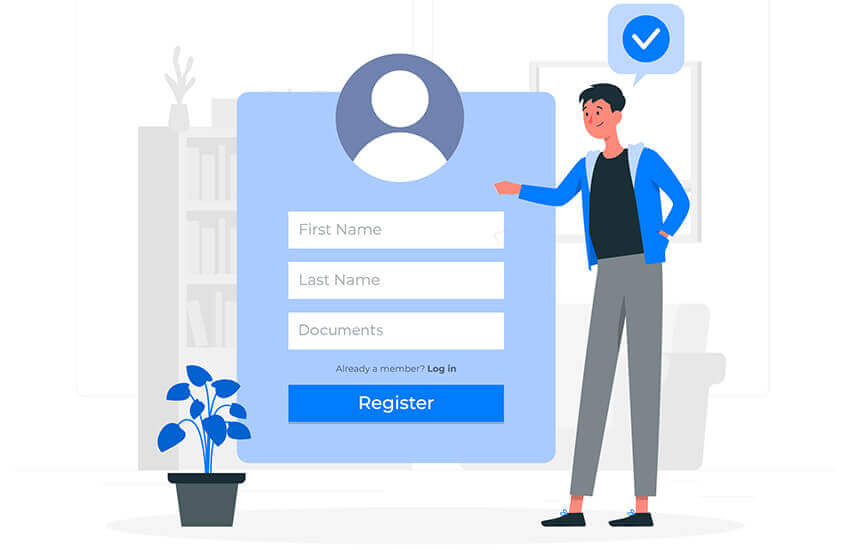
Patient registration is the first step; patients find it easy and reliable when minimum details with a secure authentication process.
Patients find it easy to use when the information required for registration is minimum with added features to upload the picture of additional documents.
After easy and fast registration, patients can select the doctor as per their need and book an appointment. The patients can upload medical records, insurance verification information, and previous prescriptions instead of typing.
2. Patient’s Dashboard
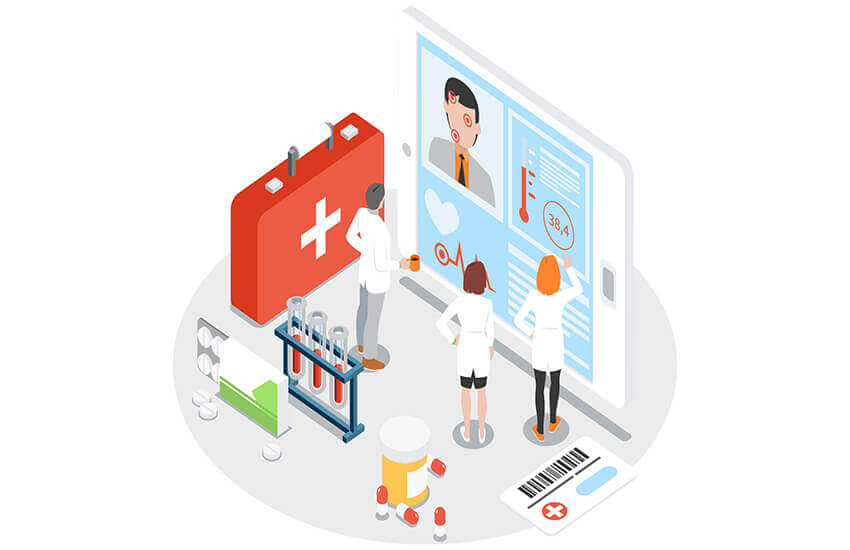
The patient’s dashboard is a beneficial feature for the physician to make an immediate treatment plan. It shows an outline of the patient’s medical and personal information making diagnosis easier for the doctor.
This feature highlights the basics and details and filters patients according to the medical issues.
- Up-to-date information on the patient condition
- The room assigned and undergoing prescription
- Chief complaints of the patient
- Insurance information
- History of visits
- Patient management
- Remote Patient Monitoring Systems highlights
3. Doctors Catalogue
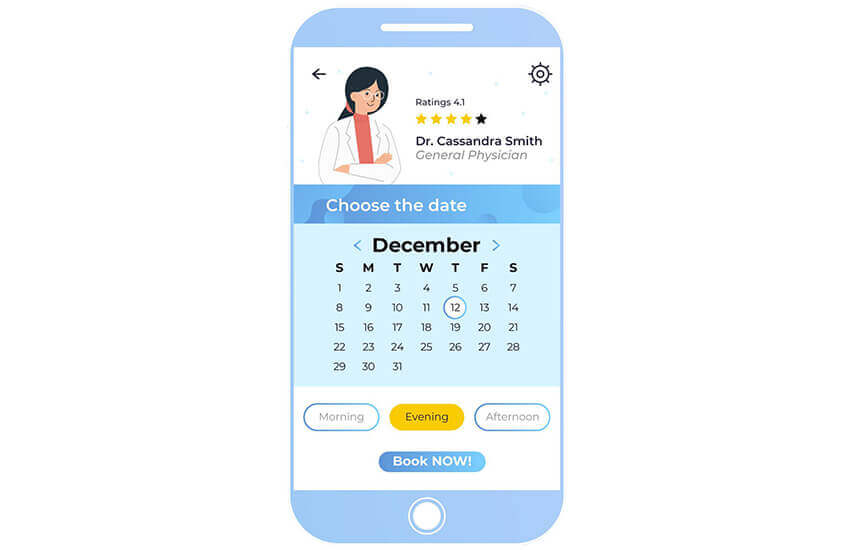
Doctor’s catalog is a time savior for both patients and healthcare professionals. It further increases the accuracy of the match-making process between the doctor and the patient.
Like a patient’s profile, telehealth apps should also have doctors’ profile features, and the catalog must contain the following details about the doctor.
- Address
- Qualifications
- Area of specialization
- Experience
- Availability schedule
- Allocation and management of healthcare professionals
- Patient health record
4. Appointment Management
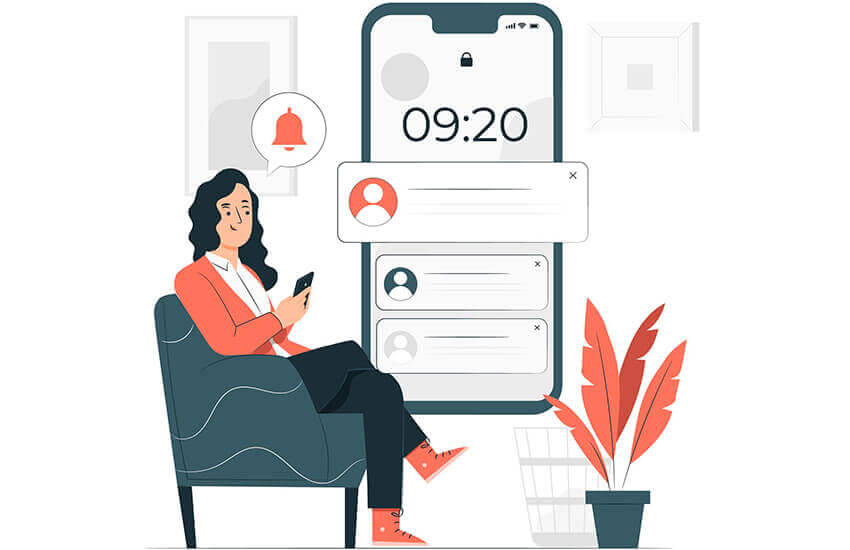
Calendar integration enabled with a reminder notification patients can be reminded of all upcoming medical appointments via their phone only.
This appointment scheduling feature reminds doctors up-to-date with their appointment status. Doctors can view appointment requests and patient profile before patient communication.
This app integration features show the patient queue and filter patient profiling. Also, enable the doctor to cancel appointments anytime in case of emergency.
5. Video/Audio/Text Consultation
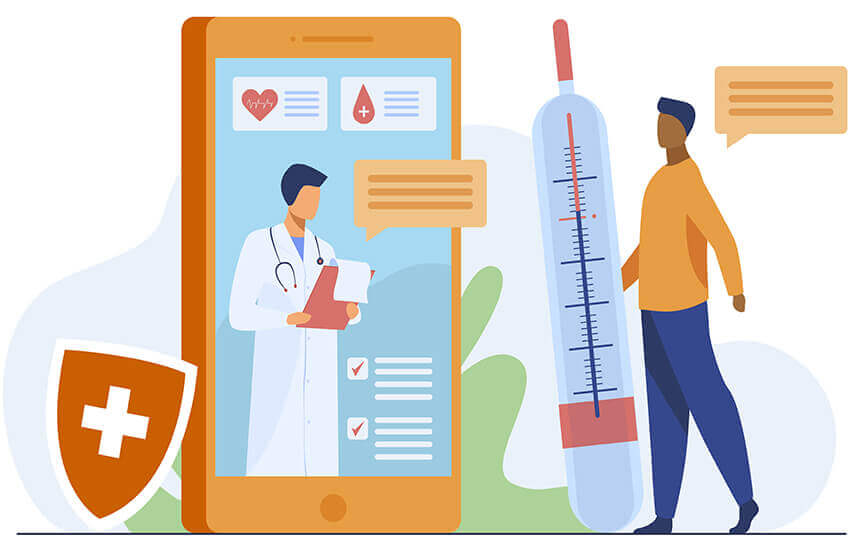
Approximately 30% of respondents to the McKinsey & Company research said they’d be interested in telehealth solutions offering features to get enrolled online/video counseling sessions and in-app chat with a doctor.
The cloud-based medical record-keeping of telemedicine data with HIPAA compliance of patient information and recorded video consultation often ensures app data security.
The convenient exchange of patient information with any clinician specialized in the care of a particular patient’s condition, even with a caregiver of the patient who wants the information for insurance reasons.
Benefits
- Patient communication via teleconferencing enables patients to ask questions regarding the symptoms.
- Replacement of In-person assessment with photos and video consultation.
- App integration and cloud solutions used by telemedicine app development companies facilitate real-time communication and remote patient diagnosis.
6. EHR
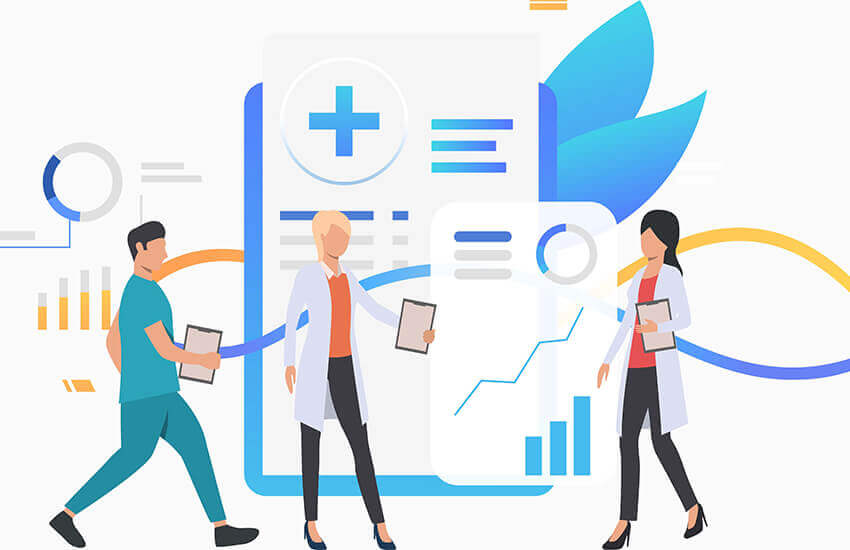
EHR integration enhances the feasibility of telemedicine apps.
EMR keeps the record of the treatment history whereas, EHR digitally stores all the data of your blood work, laboratory tests, radiological images, prescriptions, and all the precious treating doctors.
It saves time for both patients, and the doctors to monitor the health progress and inspect when needed.
The telehealth app, integrated with EHR, ensures streamlined patient record processing and consolidation in one area. Further, preventing duplication of data from virtual visits.
Telemedicine apps with an integrated EHR feature facilitate seamless telehealth billing services and many more such as:
- App data security/ telemedicine HIPAA compliance
- Easy to use
- Early diagnosis
- Streamlined patient care
- Improved patient data collection
- Proper data processing of telemedicine visit
- Streamlined telemedicine billing
- Cost-effective telehealth reimbursement
- Integrated payment systems
7. Geolocation
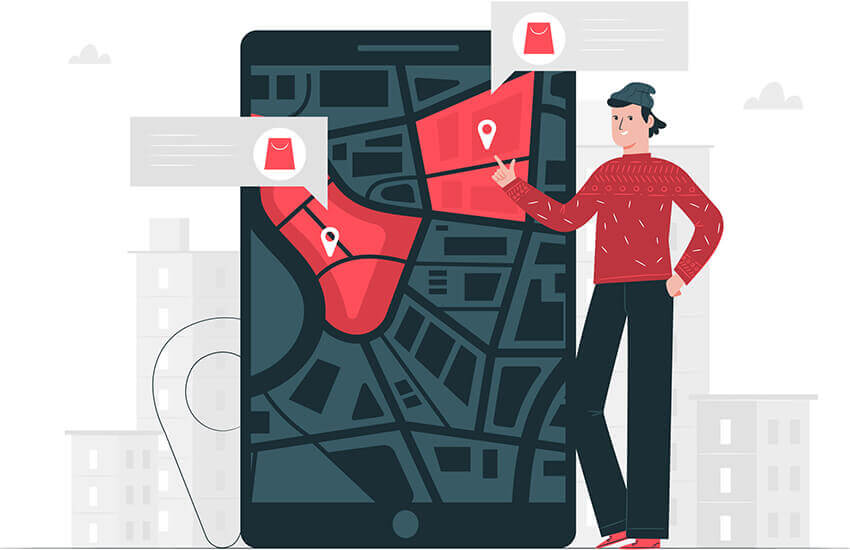
Present U.S. medical laws require a telemedicine app to link patients to doctors geographically based in the same state.
Finding a patient’s location enables the app to locate pharmacies near the patient, provide directions, and predict the estimated time to reach the hospital in emergency cases.
When hospital maps and images are available, it becomes easy for the patient to locate the right department.
8. E-prescription
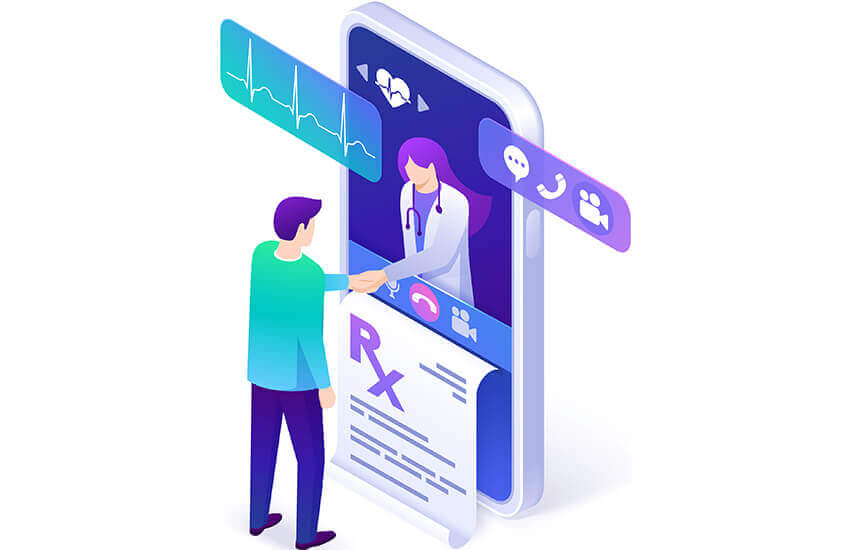
It is an essential feature as e-prescription benefits pharmacies, patients, and prescribing doctors by bringing healthcare service faster.
Telemedicine mobile apps with this feature enabled are already compliant with telemedicine regulations such as:
- Health Insurance Portability and Accountability Act (HIPAA)
- EPA (Electronic Prior Authorization)
- Food and Drug Administration (FDA)
- U.S. Department of Health & Human Services (HHS)
- HITECH Meaningful Use Stage 1 (MU-1) and Meaningful Use Stage 2 (MU-2)
Doctors can produce and send prescriptions with no errors with an e-prescription feature. It will help to save time, along with communication enhancements and patient satisfaction.
It also allows physicians to access records on the medical insurance form, providing all information in electronically linked pharmacies.
Advantage
- It consists of a complete list of medications with dosage instructions.
- Reduced pharmacy and prescription error.
- Streamlined process and improved patient safety.
- Renewal of the prescription gets easy and fast.
- Integrated pharmacy business for the same medicine supplying pharmacies.
- More comfortable for the doctor to understand patient history
- Reduced medication cost
- Decreased re-hospitalization
- Medication tracker
9. Payment Gateway
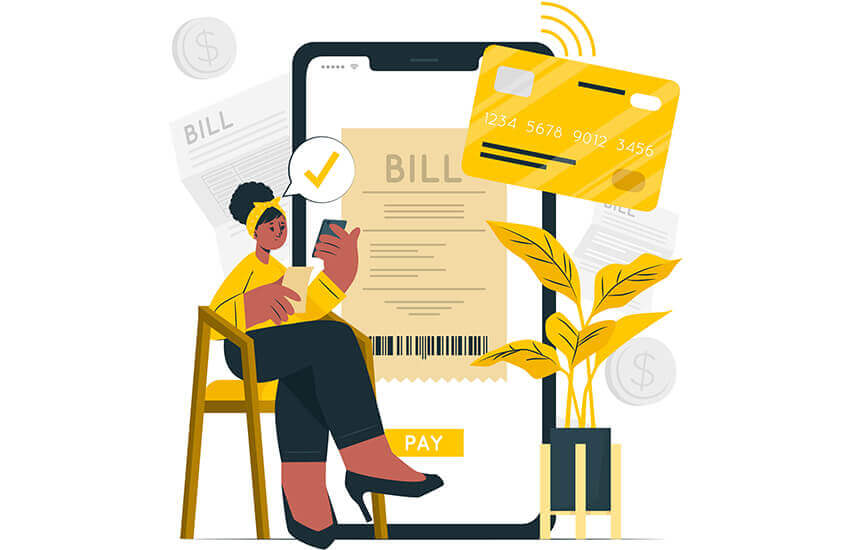
The opportunity to pay medical bills from your smartphone should be a must-have feature in every telemedicine app. Integrated payment systems are needed in all types of telemedicine specialties as they include the following benefits:
- Automated invoice for every patient
- Automated appointment adherence
- Multiple payment methods
- Can help develop pay-slips for hospital staff
- Record of payments
- Secured payment compliance
- Safe payment processing
- Easy and fast user friendly
- Low rates
10. App Scalability
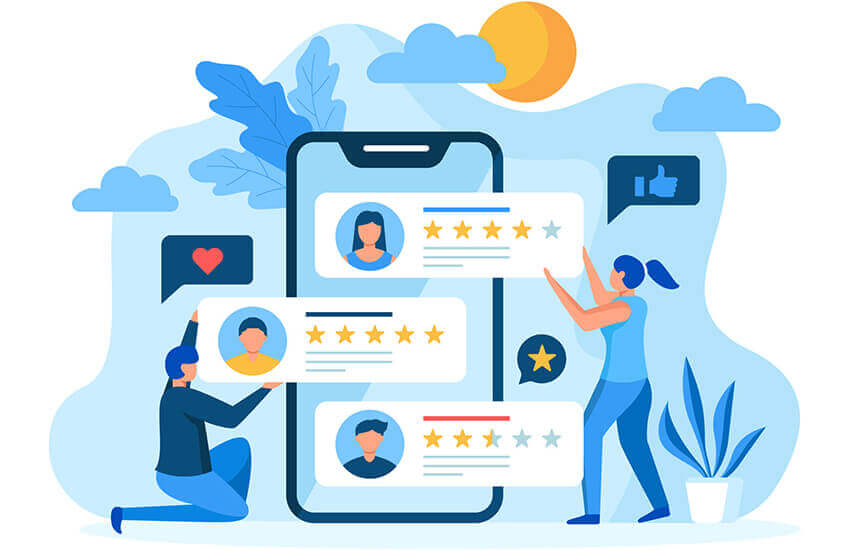
The patient’s freedom to rank and evaluate their physicians is an essential function for any telemedicine app. Feedback from patients is seen as a crucial component of quality improvement and professional advancement. Moreover, it will help many new patients to find the specialist doctor best suited for their preferences.
The scaling features’ design should be so that only the patient who receives the treatment can rate the doctor to benefit the healthcare system.
Benefits
- Patients with similar diseases get to know the best specialty doctor.
- Boost up the confidence of treating doctors.
- Better healthcare outcomes.
11. Quality Video Streaming
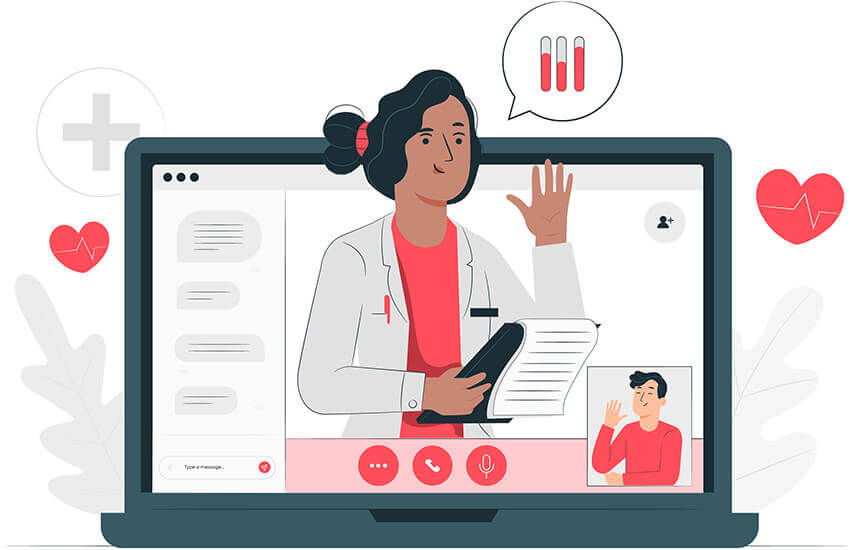
This is a central necessity for just about every kind of telemedicine platform. Since patients would be having video consultations remotely, the video quality must be good. Telemedicine mobile apps and even computer software that can’t provide good video streaming will ruin the patient experience and could also disrupt the diagnosis process. What is important is that the video quality needs to be good irrespective of the device. Applications that require expensive or the latest electronic devices would not be well-received by users.
12. Interoperability
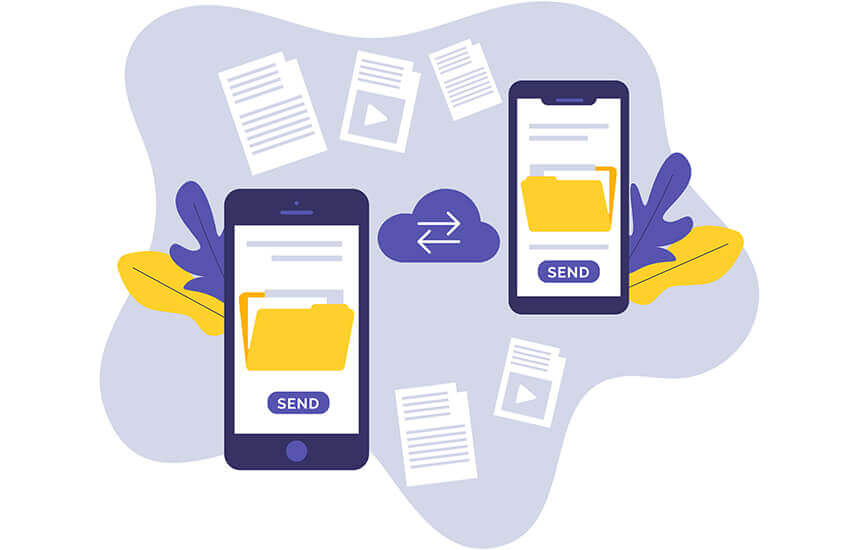
This is one of the most important features of any telehealth software. When telemedicine and remote medical services are rapidly gaining popularity, these platforms must be interoperable with other systems. In other words, they must be able to exchange data seamlessly with other healthcare software and use the same for their respective functions.
A telemedicine app can be incorporated into broader integrated healthcare systems if it is interoperable. This means it can communicate with and exchange data with other healthcare providers’ solutions like electronic health records, practice management, etc. As a result, a provider at a small practice can offer virtual consultations, access patients’ medical histories while doing so, and manage payment processing. To sum it up, interoperability is a must-have for medical organizations of all sizes.
13. Low-Hardware Requirements
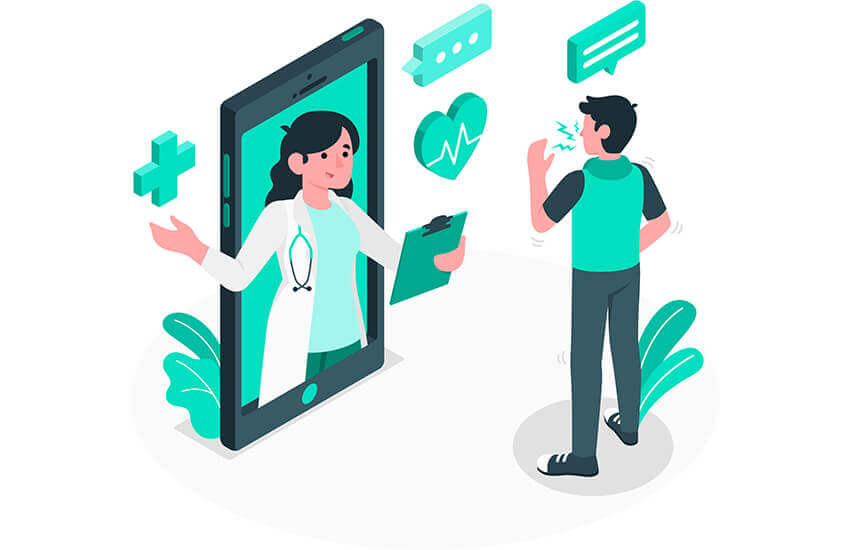
One of the most attractive uses of any telemedicine app has to be the ability to connect with providers remotely. This can be through video calls for virtual consultations or secure messaging between doctors and patients. Needless to point out, such types of telehealth software need to be compatible with most of the existing commercial hardware. In other words, they cannot have high system requirements to function.
Conclusion
Telemedicine applications for healthcare enhance the quality of healthcare service for both patients and physicians. Today, the competition in telemedicine app development is growing as Telemedicine mobile apps need is rising and will continue to increase.
Telemedicine apps may expedite the treatment of several medical conditions. When a person receives treatment from a competent doctor who gives accurate information on their symptoms, it is most effective.
A hidden benefit of using a telemedicine app for patients is the improvement in patient engagement. The ability to connect with and speak to doctors without having to travel to a clinic and wait can go a long way in boosting doctor-patient rapport. Patients will have an easier time communicating with their providers for advice or clarifications regarding diets and dosages. On the other hand, the doctors too can address patients’ queries better and help them be more involved in their own care process. This is especially helpful for patients battling chronic diseases or those recovering from serious diseases and injuries.
Thanks to these intrinsic benefits of telemedicine, telehealth apps are increasingly adopted by both clinicians and patients. Medical researchers as well as public health experts have recognized the role that telemedicine can play in the United States. It has the potential to address many challenges plaguing the healthcare industry and make medical care more equitable.
References:
https://spdload.com/blog/telemedicine-app-development/#scroll-nav__3
https://stfalcon.com/en/blog/post/telemedicine_app_development
https://www.simform.com/healthcare-app-development-features-types/
https://light-it.net/blog/things-you-should-know-before-you-create-telemedicine-app/
https://mlsdev.com/blog/telemedicine-app-development
https://www.paynetsecure.net/industries-served/telemedicine-merchant-account/
OSP is a trusted software development company that delivers bespoke solutions as per your business needs. Connect with us to hire the best talents in the industry to build enterprise-grade software.

How can we help?
Fill out the short form below or call us at (888) 846-5382
Looking for software solutions to build your product?
Let's discuss your software solutions for your product in our free development acceleration call!
Get In Touch arrow_forwardDiscuss Your Project Handover with a team of expert Book a free consultation arrow_forward
About Author

Written by Riken Shah linkedin
Riken's work motto is to help healthcare providers use technological advancements to make healthcare easily accessible to all stakeholders, from providers to patients. Under his leadership and guidance, OSP Labs has successfully developed over 600 customized software solutions for 200+ healthcare clients across continents.







